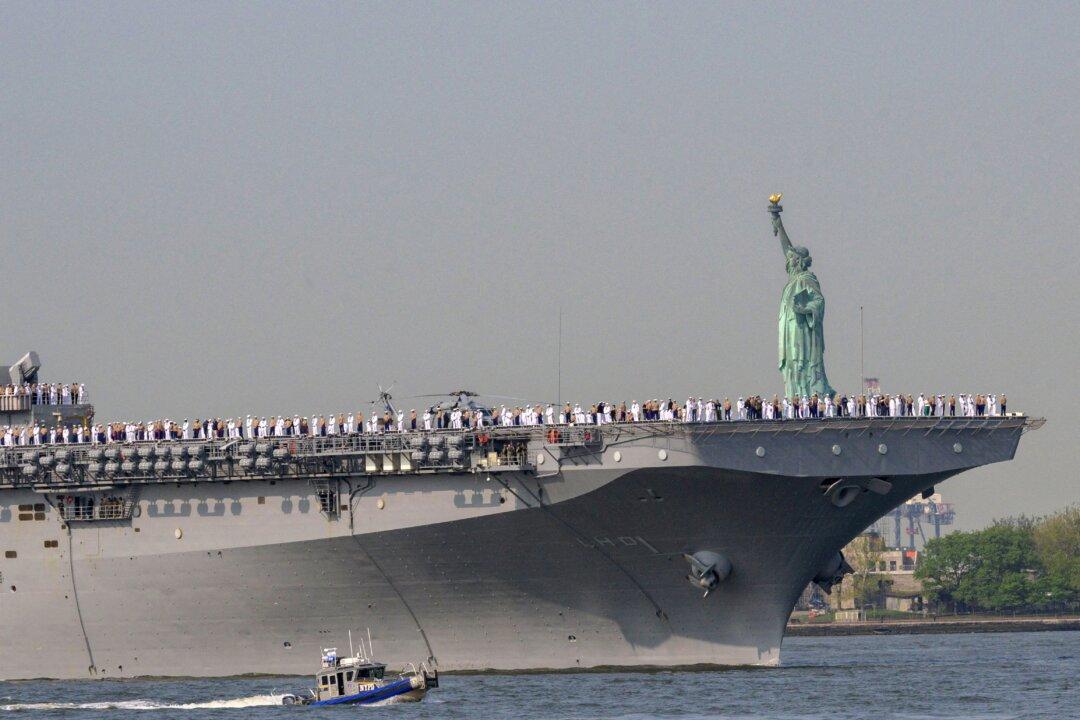The U.S. Navy recently expanded its fleet after receiving its first giant unmanned submarine made by aerospace and defense giant Boeing.
The Navy announced the delivery of the first extra-large unmanned undersea vehicle (XLUUV), also called an Orca, on Dec. 20, saying that the new diesel-electric submarine “marks a significant milestone in advancing the Navy’s undersea capabilities.”





